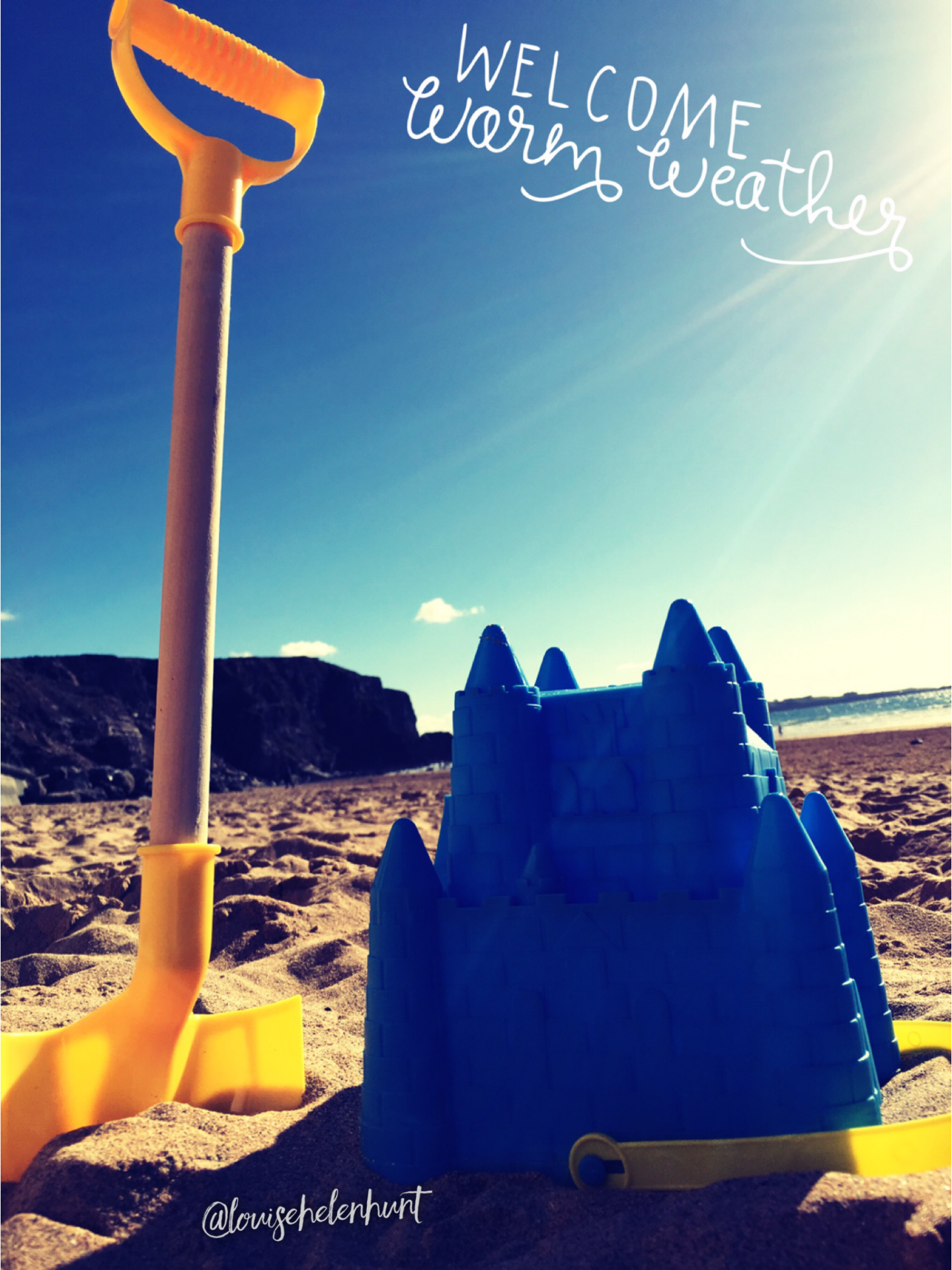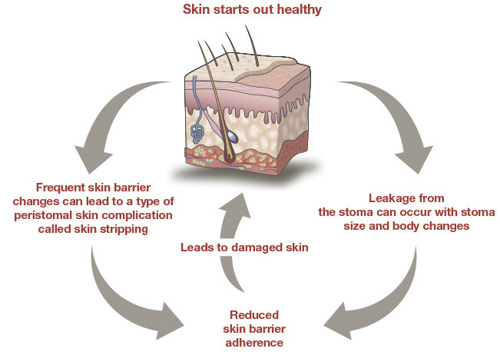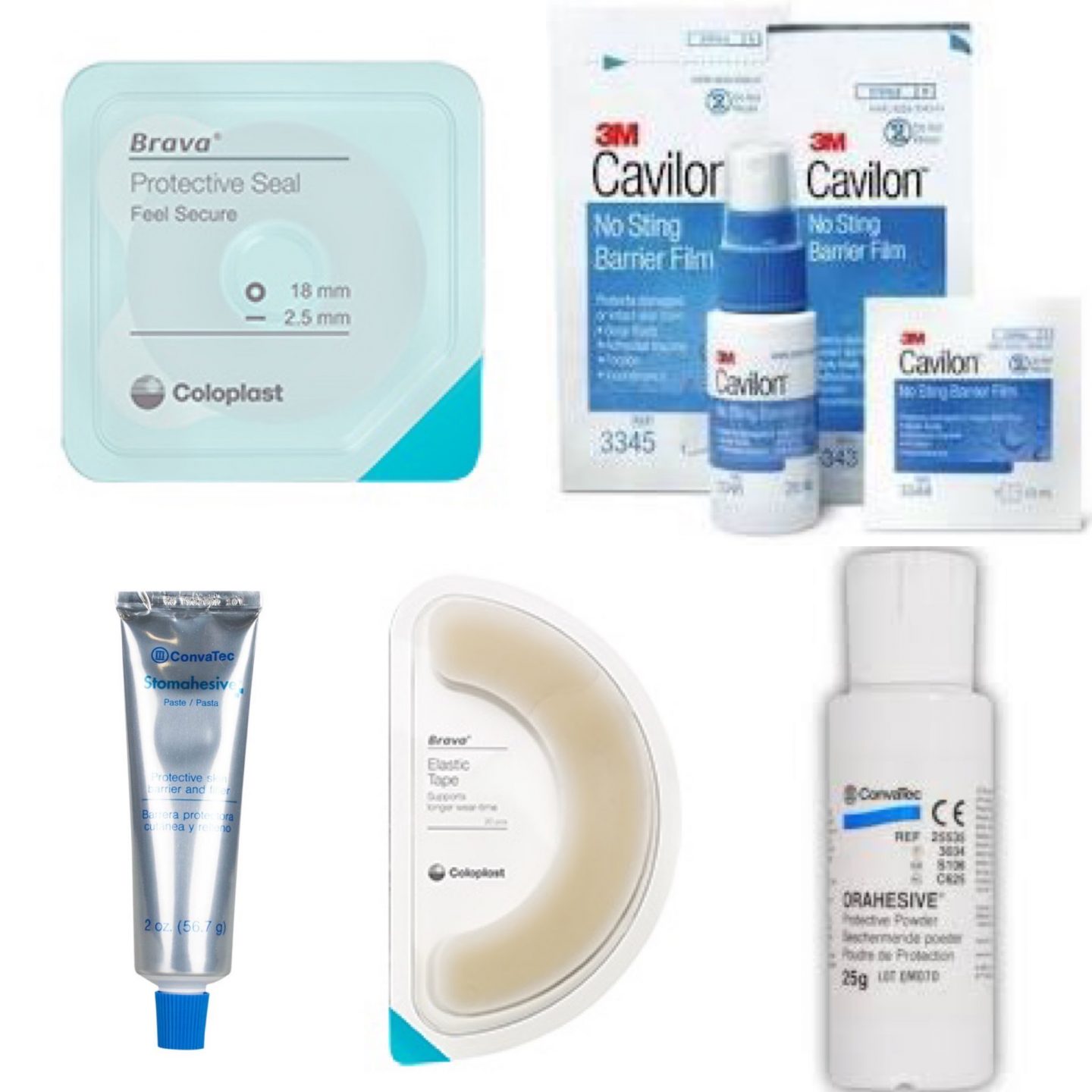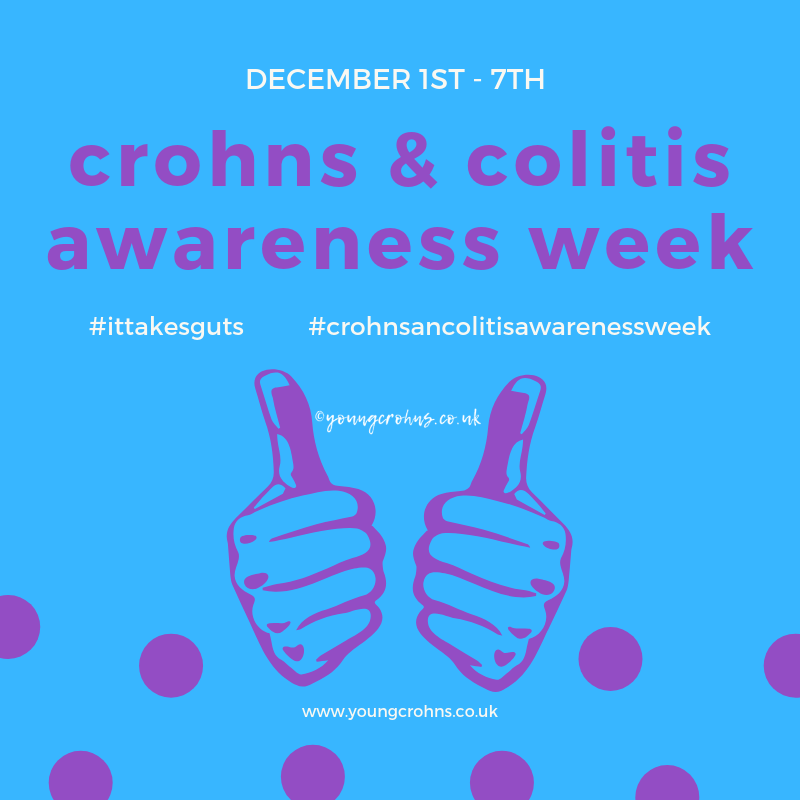
A Guide to Summer with an Ostomy
Inspired and an follow on from my 2018 post “Surviving the Summer with an Ostomy: A Guide”
Disclaimer: This information is based on my own personal experience since my ostomy surgery in August 2016 and is not intended to replace medical advice from a trained professional. If you are requiring advice regarding your own stoma, routines which might benefit you most, or products that suit your needs best, please contact your stoma care nurse for further assistance.
Scenario: Imagine going out in the summer heat with an hot water bottle on your belly. Not only is it hot and uncomfortable on the surface, but you can feel the weight and the warmth penetrating your body.
That is what it can feel like with an ostomy in the heat. For some people, they adapt really quickly to this situation; or they are sun-lovers before their operations, but for me, I’ve never been a summer girl. Something about being too hot that I just don’t enjoy.
Summer for me as an ostomate can be tricky. It can be a juggle of maintaining my levels of hydration, ensuring a good seal and fit with my stoma bag and looking after my skin. It can take a little while to get a routine down for those hotter days, especially if you travel to work, go out and socialise or go on holiday.
So here is my updated guide on how to manage your stoma when the heat is turned up.

Don’t Sweat It!
With increased temperatures, you may find you perspire more than usual, but modern-day ostomy pouches are designed to stay sealed to the skin and stay intact for up to a few days at a time, even with the typical daily moisture such as normal showers, baths, and sweating.
On average, people tend to change their bags every few days and reapply, but this will depend on your individual needs, rate of usage, and the type of ostomy appliances you use.
Hot weather can cause some patients to panic that their bag needs changing every day or whenever it becomes loose. Keep an eye on erosion – how much of the baseplate has been ‘eaten’ away by your output, it usually turns a darker colour to that of the flange edge – during an appliance change, and if you notice that there’s more erosion than normal, change it sooner the next time. If your appliance isn’t affected by sweat, then don’t sweat this extra step!
You can use antiperspirants for your ostomy. A very experienced SCN told me that if you use antiperspirants on the skin around your stoma it can help keep the sweating under your baseplate to a minimum.

She also explained that this should be used as a replacement for your barrier step in your routine – if you use a barrier spray or wipe, that is! – as using both can cause a reaction.
I have yet to try this myself, but if you feel like experimenting, please talk to your stoma nurse first to make sure that it’s going to be safe and appropriate for you.
And if you’re considering using antiperspirants, go with an unscented and hypoallergenic product. It would be advisable to also test the antiperspirants on another patch of skin for at least a week to see if any irritation starts.
Most ostomy appliances come equipped with a water-resistant adhesive that should seal quite well. However, if you’re having difficulties keeping your pouch sealed to your skin, there are adhesive extenders available that create a stronger seal than usual.
Most stoma manufactures have a full line of products to extend wear such skin barriers and a variety of one-piece and two-piece ostomy pouches specifically created for those with an active lifestyle. Exploring these options before the weather turns, is a good ‘thinking ahead’ plan.
Having the ability to find a product that is either a good all-rounder, one that is more suitable for you to use when active, or one that holds up well under the heat of the weather; is always good news.
Skin Issues
If you’ve been changing your pouch more often and the skin surrounding your stoma has become more irritated – redness, chafing, bumps, etc – this is because the skin is more susceptible to breakdown when it is hot and moist.

This includes the area where the ostomy appliance sits, which can form rashes because of the friction of the pouch against the skin combined with heat. You may want to look into a powder to absorb perspiration.
If you have trouble with ostomy appliance leaks because of moisture, you can also try stoma paste or seals to create a stronger, more reliable seal.
Avoid using any Karaya rubber-based ostomy wafers in high heat conditions. This rubber material is soft and conformable, but in hot conditions it can break down and even melt. It’s best to use a synthetic wafer which tends to have a higher heat threshold.
Be cautious when using tape or other adhesives to reinforce the edge of the flange or barrier border. If there is sweat beneath the barrier and the seal breaks down stool or urine could collect and cause skin irritation. Tape is a good option if you are engaging in activities where there is more movement of the abdomen.

If you have pre-existing skin issues, diagnosed hernia or need convex products; it is always advisable to speak to your SCN or directly to the stoma company for some guidance and advice before using new products. Some are suitable for all, others find them not so.
However, issues such as leaks and sore skin, is not something you should have to just ‘put up with’ and struggle to battle on a daily basis. There are products and tips to help you out, if needed.
Maintaining Hydration with a Stoma
If you have a stoma, it is particularly important to drink enough water to keep yourself well-hydrated.
Common sense would suggest that you should be replacing the fluids you’re losing, but if you aren’t used to sweating a lot then you may underestimate the amount you need, thus the more you sweat, the more fluids you will need.
The easiest way to overcome this is simply to add more liquids to your daily goal, but it also helps to consume more water-rich foods, which as a bonus, will help to cool you down during the summer.

My favourites during the hot months are watermelon, honeydew melon, cucumber & tomato salads, as well yoghurts and oranges.
Don’t be afraid of electrolytes! Water isn’t the best way to stay hydrated as it has no electrolytes. If you have an ostomy, specifically an ileostomy, then you will benefit greatly from drinking fluids that contain added electrolytes. These may include commercial or homemade oral rehydration solutions..
It is worth asking your doctor for a goal when it comes to electrolytes as you do want to make sure you’re getting enough – not too much, not too little. This can take a little tweaking to get right.
ORS drinks can be useful if you have a short bowel or a high-output ileostomy, but with these conditions you may also need to restrict your total intake of fluid to avoid dehydration.

This is because drinking too much plain water can wash essential salts out of the small intestine and into the stoma bag. As water is best absorbed together with sugar and salt, loss of these salts through stoma output can lead to dehydration. Your IBD team will tell you if this is the case, and can help you to manage your general diet and fluid intake.
Find other ways to keep cool, even if it means using the air conditioning or seeking shade, finding ways to reduce direct exposure to the sun and heat will help to combat dehydration. With a few precautions and tweaks to your ostomy routine, you should still be able to join in on summer activities.
Remember to pace yourself, especially if you’re coming back from a long-standing illness or recent surgery, because pushing yourself will only negatively impact you.

Prevention for Dehydration:
- An ileostomy requires two to four more cups of fluid each day because of high liquid output.
- Drink fluids before going out to summer activities.
- Choose water, fruit or vegetable juice, and sport drinks, over alcohol and or caffeine beverages.
- Choose cold drinks.
- Bring liquids with you and take frequent sips.
- Drink ten glasses of water each day, and even more if you have an ileostomy or urostomy.
- Stay in the shade.
- Wear loose clothing, especially loose at your neck, wrist and ankles.
- Keep your shirt on in the sun.
Do you have any questions or queries? Or just want to share your own experiences?
You can leave me a reply here or leave comments via my social media accounts – on Twitter, find my blog page on Facebook and over on Instagram

If you enjoyed this post check out Sleep with a Stoma , Updated: My Ostomy Appliance Change Routine and Why I’m Keeping my Stoma Bag | World Ostomy Day 2017
Sources:
- ConvaTec Orahesive Powder – great at absorbing excess moisture and healing broken skin. Apply after your barrier routine and use only where needed. It should be a light layer!
- Coloplast Elastic Tape – always provides me with an extra layer of protection, holds up well under swimming, showering and bathing. Just don’t cover all the baseplate as it can be difficult to get off without a gap!
- ConvaTec Stomahesive Paste – excellent at filling dips and crevasses. Also great under the hot weather and holds up with perspiration.
- Coloplast Brava Protective Seal – a flexible and moldable seal that fits snug around the stoma to avoid leakage and absorb moisture.
- Cavilon No Sting Barrier range – coming in three different formats, a strong and durable barrier, protecting against output coming into contact with the skin.




3 Comments
Wilford Giron
30/07/2020 at 06:35
Sweating can be a cause of concern for ostomates during summers, but you can take extra supplies to deal with this issue.
Daniel Martin
03/09/2020 at 09:23
Nice article on ostomy
"How important is hydration with a stoma?" •
23/06/2021 at 09:30
[…] enjoyed this post check out A Guide to Summer with an Ostomy and Ostomy Uncovered: How to Empty a Stoma […]